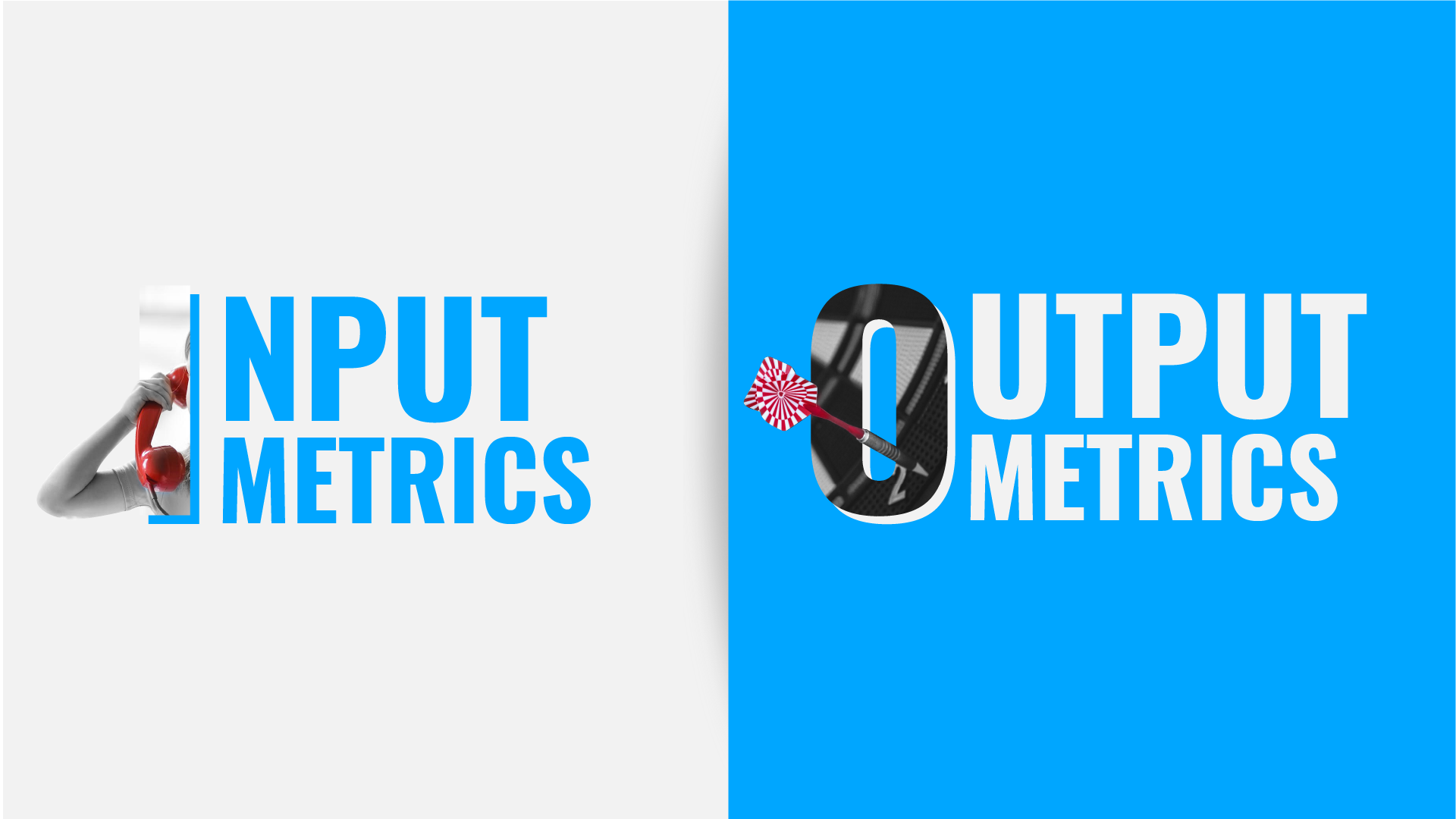When you are running a business, you need to have measurable goals. Why? So that you have a clear definition of success and what it means to you and your team.
These definitions tie into performance metrics, as stated above. You know what tasks to prioritize, and which accounts to watch. Thus, you can assign your team accordingly and keep track of their accomplishments. Performance metrics are the key.

Setting Goals And Performance Metrics
What are performance metrics? They are measurements that assess how well a company and its employees manage goals. Usually, all stakeholders need to be factored into setting these metrics. Everyone who is involved with your business matters, from customers to board executives.
When you have weekly meetings with your employees, you can tell them what they need to focus on over a period of days. You can tell a marketer which client needs attention, and which website needs a refresher on budget.
Goals also convince investors that you know what you need to do to turn a profit. When you show up at a meeting in a suit, having a plan in hand with reachable goals tells venture capitalists that you have a vision of the future.
There are two types of metrics: input and output. Input refers to behavior, and output refers to results. By understanding the differences and being able to identify them in our day-to-day activity, we can significantly increase our effectiveness in achieving our goals.
Case Study: Shark Tank

(Source: abc.com)
Let’s consider the show Shark Tank. A group of investors listens to various entrepreneurs about their products, and the amount of capital they need to expand. These products can include pancake mix, sponges, edible cake batter, or even lobster rolls.
Usually, the “Sharks” ask questions about growth, distribution, and plans for the future. They always focus on the bottom line. The entrepreneur has to sell why investing in their business is mutually beneficial. Then they make their offers of money, in exchange for a percentage of equity.
If you can’t outline your goals, your potential investors will say “no”. It’s why when Bill Nye the Science Guy did a parody pitch with them, they rejected a philanthropic cause to reduce poverty. The Sharks kept questioning how the event would make money. Bill actually said the idea wasn’t to raise a profit but end poverty.
The parody was meant to raise awareness of the organization of Global Citizen, but it teaches a valuable lesson about setting measurable goals. If you can’t measure success, then how can you decide what actions to take to turn a profit?
How to Set Effective Performance Metrics
How To Set Goals – Output Metrics (Results)
Output metrics are amounts that tell us what results to measure. They are like the results of a scientific experiment, only with more analytics involved.
Most of our goals are set around output metrics: $5 million in sales, $500k in profit, customer NPS score at 10, etc. Furthermore, our entire financial statements are completed with output metrics (revenue, expenses, cash, all of it.) Output metrics are fantastic at measuring where we are, getting a baseline of our reality, and allowing us to set goals against. What it doesn’t do; however, is to help us with our day-to-day behaviors.
How To Measure Efforts – Input Metrics (Behaviors)
Input metrics as a concept are less popular than output. They measure what we put into a business venture, and what we can control.
Some input metrics such as the number of phone calls made, the number of blog posts written, and the number of hours spent. A good way to look at input metrics is behaviors that you have 100% control over. Since input metrics are 100% dependent on us, these are great metrics to focus on when attempting to move the needles of our output metrics.
Consider the following scenario. We can wake up in the morning and set a goal to make 5 phone calls (input/behavior) and the only factor in achieving it or not is ourselves. Waking up and setting a goal of closing 1 sale (output/result) is dependent on a whole lot more: making the phone call, someone else actually picking up, listening, then agreeing to buy.
How To Decide What To Focus On – Drivers
Drivers are exactly what the name suggests: they either cause or influence another metric. Being able to identify drivers is probably the most important technique to learn when deciding what to measure and what to focus on. When we set goals we want to accomplish, we want to identify its drivers down to the smallest actionable increment. By doing so, we will be able to make small behavior changes and see the big impact.
Case Study: Customer Goals
We were working with a customer on their profit goals and came up with the following (super simplified):
Goal: To increase profit by 500k
- >>Driver: Revenue / at 30% profit margin, we needed roughly $1.6m in new revenue
- >>>>Driver: Sales Won / at avg. ticket of 50k, we needed 32 new clients
- >>>>>>Driver: Sales Conversation / at close rate of 1 in 5, we needed 160 conversations
- >>>>>>>>Driver: Web Visits /1% visit turns into conversation, we needed 16,000 visits
- >>>>>>>>>Driver: number of Blogs Written /we didn’t actually have a metric to know how our posts drive visits, but it didn’t matter at the moment
After we were able to identify the life cycle and the relevant metrics for each stage. We chose to focus our efforts on the conversion between the “number of sales” conversation and the number of sales won.
Why? We found out we were having more than 160 conversations but they weren’t converting 1 in 5. So the company decided to focus effort on sales training. We set a budget, metrics to measure, and timeframe.
Now we are monitoring this new behavior and trying to see its impact. This measurement will take time, but hindsight and data will reveal important trends.
Learn More From DeepSky
What do you think? Do you have a similar use case in your business where you can hone in on where you can spend your time and money on? What was the result of it? Or do you need help with identifying the metrics?
We want to help you. DeepSky is dedicated to helping businesses of all sizes. We can identify the performance metrics you need to measure, and the appropriate strategies.
Contact us today to find out how DeepSky’s experiences with performance with metrics can assist you. We dive deeper than sharks into the world of finance and will help you find the blood in the water.
Learn More From MEASURE x HACK
Want to know more about how to prepare your business for the first sixth months of the calendar year? Check out 5 Tips That Help You Determine Short Term Financial Goals for some helpful advice that our sister company MEASURE x HACK gives you.


